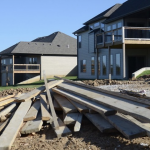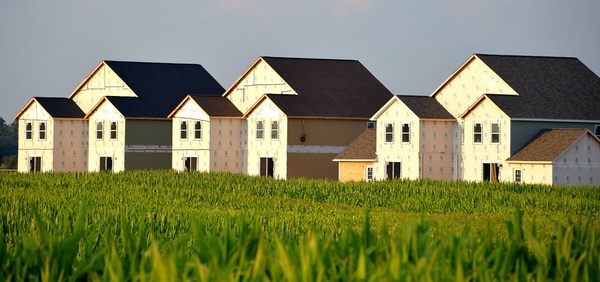ArchitectMagazine.com posted a fantastic article this week that looks at what many in the affordable housing industry call the missing middle.
From the article:
From the curb, “missing middle” housing might not look much different from its single-family counterparts—and that’s the point. However, its ability to contain multitudes is what makes it such an innovative option in today’s cost-prohibitive and space-strapped housing market. This typology enlivens neighborhoods and communities without sacrificing single-family scale or the convenience of neighborhood walkability. It’s also what Brian O’Looney, AIA, of Washington, D.C.-based Torti Gallas + Partners, specializes in designing. O’Looney credits Dan Parolek, AIA, an urban designer and architect at California-based Opticos Design, with coining the term.
The reality is the missing middle is vitally important, if done right. Younger generations are struggling to afford and access single-family housing, making the innovation of alternative housing types essential. Compounding the issue is the fact that within the last decade, increasing numbers of single-family homes have been built and/or purchased by institutional investors—making wealth accumulation out of reach for millions of Americans. However, just because you loosen the definition for “missing middle,” it doesn’t mean you’re going to get good buildings. Many time, good design goes out the door.
There’s a great project called the Cotton District in Starkville, Miss., which is a student neighborhood built by someone who just kept adding rental buildings to an existing student housing development. Some are one-room studios, others are lofted units with a kitchen on the ground floor and a bathroom above. It’s a very clever mix of types.





